Brewin, RJW, Sun, X, Wood, JL, Brewin, TG, McBride, D, Frensley, BT, Bresnahan, PJ, Simis, SGH, Schmidt, N, George, G, Stoy, AC, Menon, NN, Chekidhenkuzhiyil, J, Abdulaziz, A, Sathyendranath, S, Krug, LA, Das, N, Sarker, S, Pasche, N, Haller, L, Ghadyani, Y, Odermatt, D, Camus, A, Mader, S, Bonny, A, Pochelon, A, Akinnigbagbe, AE, Noernberg, MA, Mahu, E, Diankha, O, Gonzalez-Silvera, A, Ahmed, W, Kidwai, S, Hernandez-Moresino, R, Mohamed, AH, Panassa, WE, Purba, NP, Betancur-Turizo, SP, Bernawis, LI, Smeti, H and Moshi, HA 2025 An innovation of two established methods for monitoring water colour and clarity: participatory science using the mini- and midi- secchi disks. Frontiers in Environmental Science, 13. 10.3389/fenvs.2025.1610130
Preview |
Text
fenvs-1-1610130.pdf - Published Version Available under License Creative Commons Attribution. Download (3MB) | Preview |
Abstract/Summary
Measurements of water colour and clarity are used to track the environmental status of lakes, estuaries and oceans. The oldest standardised methods for measuring water clarity and colour are the Secchi disk and Forel-Ule colour scale. Both techniques were developed in the 19th century and require use of the human eye. Despite the advent of optoelectronic-based sensing, these visual methods are still used today, owing to their sensitivity, affordability, simplicity and long history of use. Recently, a hand-held device was developed for measuring the Secchi depth and Forel-Ule colour (presented in two formats, named the mini- and midi-Secchi disk). Designed to be small, light and convenient-to-use, it is well suited for participatory science projects that involve monitoring water colour and clarity. To date, over 900 mini- and midi-Secchi disks have been distributed to citizens and scientists, primarily through six projects, with data mostly transferred via mobile phone applications to data servers and dashboards. In this paper, we describe the methods used in the projects and show some characteristics of the datasets collected so far. We showcase how the device can be used for scientific applications, such as verifying satellite data products, gaining new scientific insights, and supporting public engagement and education. Finally, we provide suggestions for methodological improvements and future developments.
| Item Type: | Publication - Article |
|---|---|
| Additional Keywords: | Secchi disk, Forel-Ule, water clarity, water colour, participatory science |
| Divisions: | Plymouth Marine Laboratory > Science Areas > Earth Observation Science and Applications (expired) |
| Depositing User: | S Hawkins |
| Date made live: | 04 Jul 2025 15:07 |
| Last Modified: | 04 Jul 2025 15:07 |
| URI: | https://plymsea.ac.uk/id/eprint/10449 |
Actions (login required)
 |
View Item |


 Lists
Lists Lists
Lists